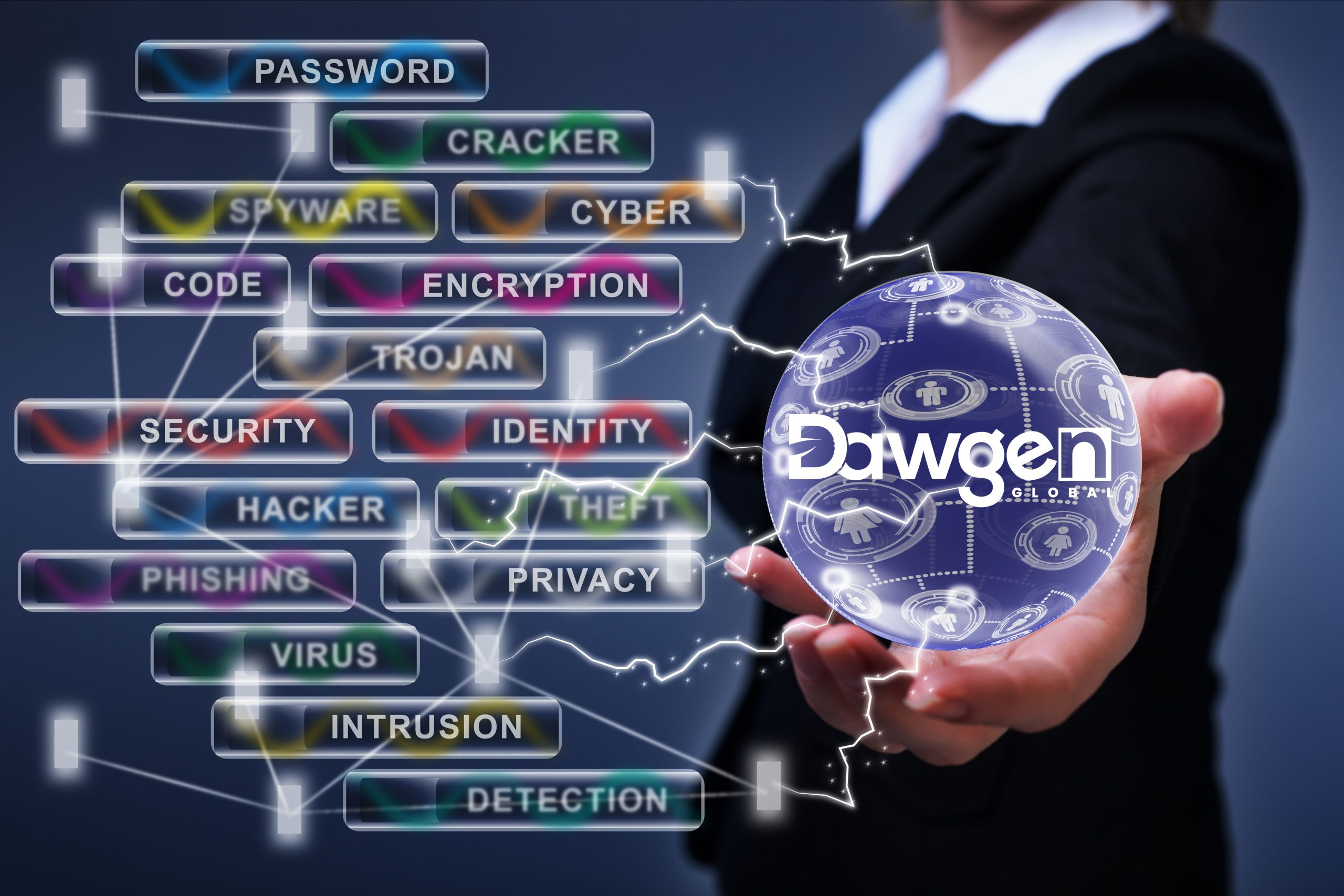
Open-Source Intelligence (OSINT) refers to the process of collecting and analyzing information that is freely available from public sources. This can include anything from media reports, public records, and government publications to digital footprints on the internet, such as websites, social media, and other online platforms.
Utilization in the Cybersecurity World:
- Threat Intelligence:
- Organizations can gather OSINT to gain insights into emerging threats and vulnerabilities. By monitoring hacker forums, social media, and public databases, cybersecurity professionals can get a heads-up on new exploits, malware strains, and attacker tactics.
- Phishing Campaign Detection:
- By monitoring the web and other public sources, organizations can detect phishing websites or malicious domains that impersonate their brand. This helps them take proactive measures against potential phishing campaigns.
- Security Assessment & Penetration Testing:
- Before conducting penetration testing, ethical hackers gather OSINT to understand their target better. This helps them identify potential attack vectors, vulnerabilities, or even employee information that could be used in social engineering attacks.
- Incident Response:
- In the event of a security incident, OSINT can provide context. For instance, if an organization is hit with a specific type of malware, OSINT can offer insights into its origin, its mode of operation, and potential remediation steps based on experiences from other victims.
- Digital Footprint Analysis:
- Organizations can audit their online presence to see what kind of information is publicly accessible. This could be unintentional data leaks, exposed databases, or even sensitive information about employees. Knowing one’s digital footprint is essential for risk management.
- Investigations and Forensics:
- OSINT can be a useful tool in cyber investigations. For example, if a cyber-criminal leaves behind certain indicators or patterns, these can be cross-referenced with publicly available information to glean more about their identity or motives.
- Security Awareness and Training:
- Real-life instances of breaches, attacks, or tactics sourced from OSINT can be used in training materials to better educate staff on current threats.
- Competitive Intelligence:
- While this veers slightly from pure cybersecurity, organizations often use OSINT to gather intelligence on competitors. This can help them identify business strategies, potential mergers or acquisitions, or even technological advancements.
Tools & Sources:
There are many tools and sources available for gathering OSINT. Some popular ones include:
- Search Engines: Google, Bing, DuckDuckGo, etc.
- Specialized Search Engines: Shodan (for connected devices), Censys, etc.
- Social Media Platforms: Twitter, LinkedIn, Facebook, Instagram, etc.
- Domain & IP Tools: WHOIS lookups, DNS dumps, etc.
- Archiving Services: Wayback Machine, Archive.is, etc.
- Public Databases: Government publications, public records, patent databases, etc.
- OSINT Frameworks: Maltego, theHarvester, Recon-ng, etc.
Challenges:
While OSINT is a powerful tool, it does come with challenges:
- Volume: The sheer amount of publicly available data can be overwhelming.
- Veracity: Not all public data is accurate, and it can sometimes be outdated or misleading.
- Ethical Concerns: Just because information is publicly available doesn’t mean it’s ethical to use it, especially if it can harm someone or violate their privacy.
Conclusion:
OSINT plays a crucial role in modern cybersecurity, offering insights, intelligence, and awareness. With the right tools and methodologies, it can significantly enhance an organization’s security posture and decision-making capabilities.

